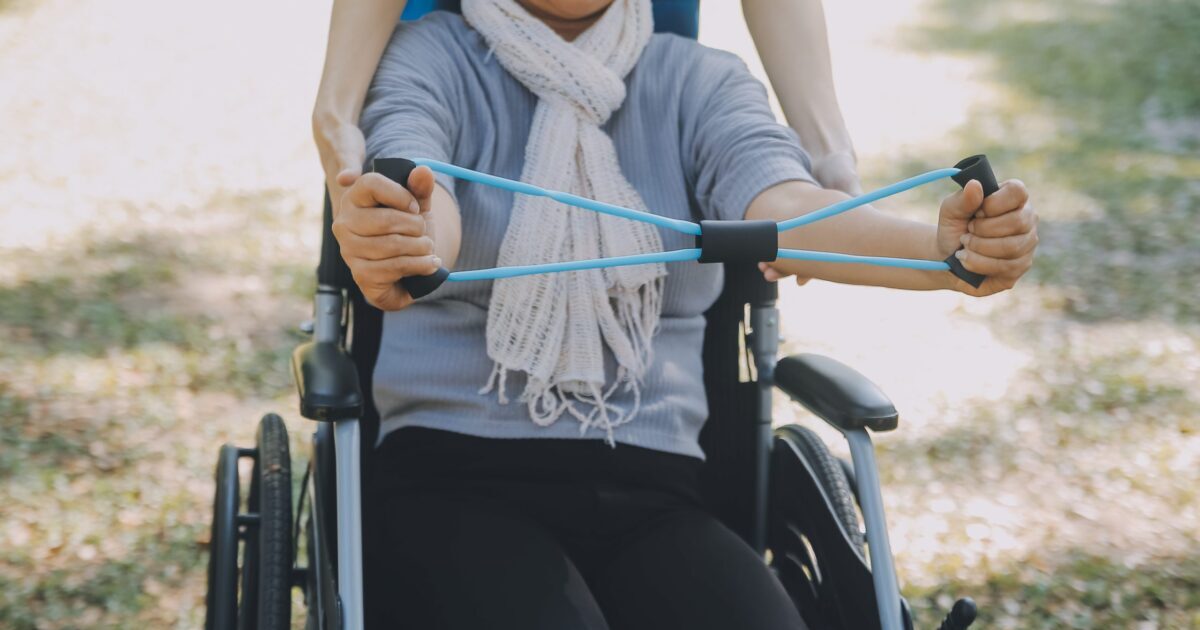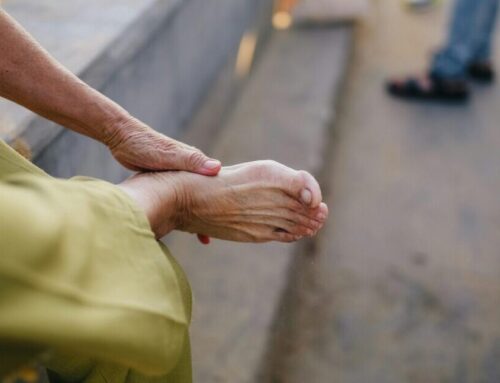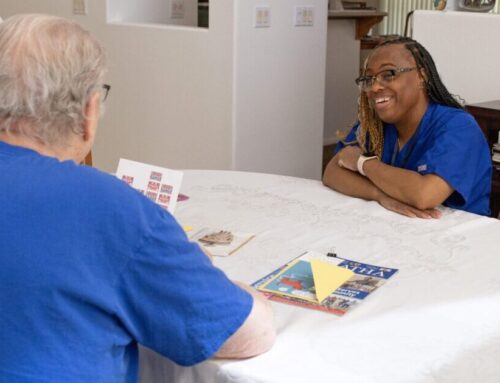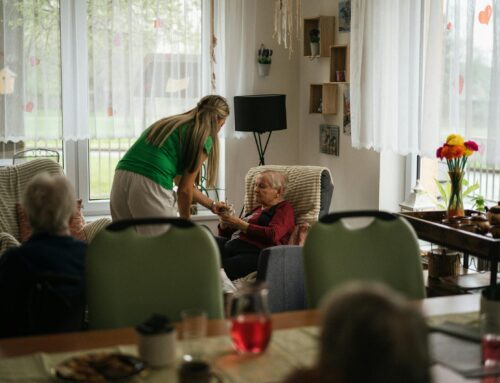Limited mobility affects many, from seniors to those with physical disabilities. While it can happen for different reasons, don’t let it stop you from exercising! Many workouts can be adapted so anyone can do them, but please ensure that you speak to your doctor before starting a new mobility and exercise program to ensure your health and safety.
Start Slow and Steady
Choose an activity you enjoy, start slow, and gradually increase your activity level. Even small fitness wins will build your confidence and keep you motivated. Don’t get discouraged—your health journey will have ups and downs, but stick with it. It usually takes about a month to form a habit, and if you miss a few days, no worries—you can always jump back in when you’re ready.
Stop exercising immediately if you feel nausea, dizziness, chest pain, irregular heartbeat, shortness of breath, or clammy hands. Listening to your body helps prevent injury. Always warm up with light activities like walking, arm swings, shoulder rolls, and gentle stretching. Ensure that you stay hydrated and wear supportive shoes and clothing!
Limited Mobility Workout Ideas
Seated Workouts
Seated exercises can help maintain or improve strength, flexibility, and cardiovascular health from the stability and safety of your chair or bed, for example:
- Seated Cardio: March in place or try seated aerobics such as boxing or arm circles.
- Strength Exercises: Use resistance bands, light weights, or household objects to exercise arms and legs.
- Seated Stretches: Stretching your arms, legs, neck, and torso while seated can help with flexibility and improve circulation.
Water Exercises
Aquatic exercises are excellent if people with limited mobility can access a pool. Water helps support weight, reduce joint stress, and make movement easier. Try exercises like water walking, leg lifts, and arm exercises.
Modified Yoga or Pilates
Yoga and Pilates have many modified poses, so anyone can practice! Chair yoga focuses on gentle movements, stretching, and breathing, all while seated or using a chair for support. Chair Pilates can help strengthen core muscles, improve posture, and enhance flexibility by using small movements.
Breathing and Relaxation
Breathing exercises and meditation can also be essential to your workout routine. Deep breathing exercises strengthen the diaphragm, improving oxygen flow and circulation. Incorporate mindfulness or relaxation techniques to reduce stress and enhance your mental well-being.
Isometric Exercises
If you experience joint problems from arthritis or an injury, your doctor may recommend isometric exercises to help maintain muscle strength or prevent further deterioration while minimally impacting your joints. Try this “15-Min Low Impact Isometric Exercises” routine!
Electro-Muscle Stimulation
If you’ve experienced loss from an injury, disability, or a long period of immobility, electro-muscle stimulation may increase blood circulation and range of motion in a muscle. With electro-muscle stimulation, muscles are gently contracted with an electrical current transmitted via electrodes placed on the skin.
Exercise with Essential Care!
Our compassionate caregivers at Essential Care can assist with exercises such as walking to help prevent falls and strengthen balance to ensure you maintain your independence! If you need in-home caregiving, call us today









